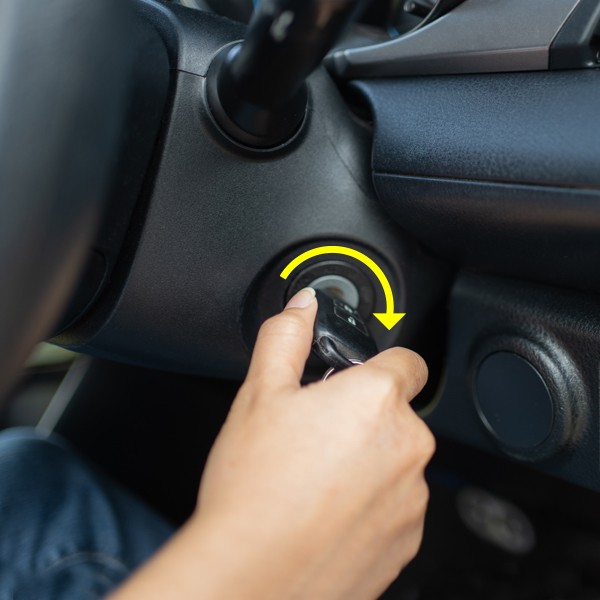Diagnosing car troubles can often feel like deciphering a complex puzzle. Luckily, with an Innova OBD2 scanner, accessing your vehicle’s diagnostic trouble codes becomes straightforward. These user-friendly devices empower car owners to understand their check engine light and other system warnings, providing valuable insights into potential issues. This guide will walk you through the simple steps of using your Innova OBD2 scanner to retrieve diagnostic information, helping you take control of your car maintenance.
Step 1: Connecting Your Innova OBD2 Scanner to Your Vehicle
The first step is to establish a connection between your Innova OBD2 scanner and your vehicle’s computer. Locate the OBD2 port, which is typically found under the dashboard on the driver’s side. It’s usually easily accessible and doesn’t require any tools to expose. Once located, take your Innova scan tool and firmly plug the connector into the OBD2 port. Ensure it’s securely fitted to establish a stable communication link.
Step 2: Powering Up and Establishing Communication
With the Innova OBD2 scanner physically connected, you now need to power it up and allow it to communicate with your vehicle’s computer system. Turn your vehicle’s ignition to the ON or IDLE position. It’s important to note that you don’t necessarily need to start the engine for basic code reading, but the ignition must be on to power the car’s computer. Once powered, the Innova scanner will automatically initiate communication, typically detecting your vehicle’s VIN (Vehicle Identification Number). This process allows the scanner to identify your specific vehicle and prepare to read and display any stored diagnostic trouble codes.
Note: For Innova scanners with advanced features, some functionalities might require the engine to be running. If your scanner has such features and you intend to use them, start the engine before connecting the scan tool. This ensures proper operation of advanced functionalities that rely on real-time engine data.
Step 3: Accessing System Status and Reading Diagnostic Trouble Codes
Once the Innova OBD2 scanner successfully communicates with your vehicle, it will often immediately display any active check engine diagnostic trouble codes on its screen. These codes are usually presented in order of severity and often include a brief description of the issue they represent. If multiple codes are present, you can use the UP ▲ and DOWN ▼ buttons on your Innova scanner to scroll through the list and view each code and its description.
To explore further diagnostic options, press the System Status button, usually located on the left side of the Innova scan tool. This will take you to a menu offering access to different vehicle systems.
Using the UP ▲ and DOWN ▼ buttons again, navigate through the system selections available. Depending on your Innova scanner model, you might see options for Global OBD2 (Check Engine) codes as well as system-specific codes like ABS (Anti-lock Brake System) diagnostic trouble codes. Select the system you wish to investigate and press ENTER ↵ to proceed and view the diagnostic trouble codes for that specific system.
Step 4: Disconnecting Your Innova OBD2 Scanner Safely
After you have finished reviewing your diagnostic trouble codes and gathered the necessary information, it’s time to safely disconnect the Innova OBD2 scanner. Before physically disconnecting the tool, ensure you turn the vehicle’s ignition OFF. This is a crucial step to prevent any potential electrical issues or data corruption. Once the ignition is off, you can then safely unplug the wired connection of the Innova scanner from the OBD2 port. Rest assured, your Innova scan tool is designed to store the vehicle data and diagnostic information in its internal memory, allowing you to review it later if needed.
By following these simple steps, you can effectively use your Innova OBD2 scanner to understand your vehicle’s health and address potential issues promptly. This empowers you to be more informed about your car’s maintenance and make smarter decisions about repairs.
